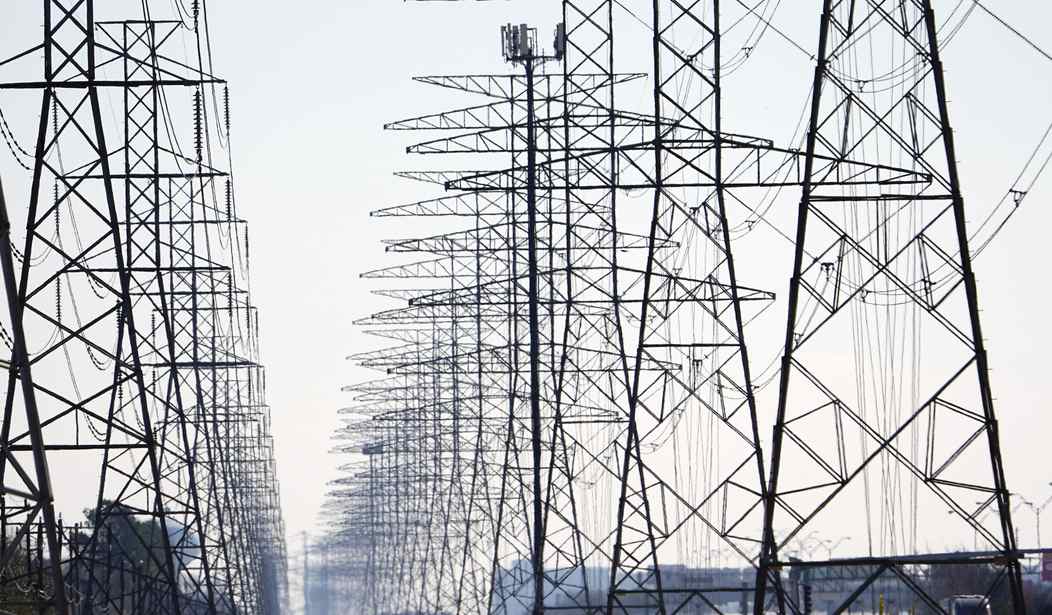The attack one week ago on two substations in Moore County, N.C., resulted in the loss of power to 45,000 people and raised questions about the security of America’s power grid.
And when further attacks in North Carolina, South Carolina, Washington, and Oregon were revealed, those questions have now become urgent. Are the attacks — all involving gunfire targeting substations — unrelated pranks, or are they connected to a plot of some kind?
As outlandish as the idea of some kind of coordinated attack on our electrical grid being underway sounds, federal authorities are not dismissing anything or any theory at this point. They can’t afford to. The electric infrastructure our country depends on is critical — especially moving into the winter months when so many homes use electric heat.
Manny Cancel, CEO of the North American Electric Reliability Corp.’s Electricity Information Sharing and Analysis Center, is worried not just about the attacks but about the “threat level.”
“It’s the most complex threat landscape I’ve seen in my experience, and I’ve been in this industry for a long time,” Cancel said this week.
Late last month, two electric substations near the Portland, Ore., suburb of Clackamas were targeted in what utilities described as deliberate attacks. The substations are operated separately by the Bonneville Power Administration and Portland General Electric, and it’s unclear if they were attacked on the same day or if the events were connected.
The attack on the Bonneville Power Administration substation occurred in the early morning hours of Thanksgiving, during which time utility operators discovered “a cut perimeter fence and damaged equipment inside,” said spokesperson Kevin Wingert. No power outages occurred because of the event.
At a Portland General Electric substation, an incident “briefly impacted” power service for the utility’s customers, said PGE spokesperson Allison Dobscha. The FBI is investigating the attack in Moore County, N.C., and utility representatives said that’s also true with the Bonneville and PGE incidents.
In the Moore County attacks, Sheriff Ronnie Fields was quoted as saying the attackers “knew exactly what they were doing.” And a memo from the electricity provider, Bonneville Power Administration, described the attacks in detail, making it clear that this was no random prank by teenagers.
It also described recent attacks on substations in western Washington without clarifying if those were the facilities operated by Puget Sound Energy. The memo said the attacks included “setting the control houses on fire, forced entry and sabotage of intricate electrical control systems, causing short circuits by tossing chains across the overhead buswork, and ballistic attack with small caliber firearms.”
The memo said there has been a significant uptick of break-ins by intruders looking to steal copper wire or other materials, “but now we are dealing with quickly escalating incidents of sabotage. Online extremist groups across the political spectrum are not only calling for attacking these types of sites, but also spelling out in detail how to do it.”
Duke Power reported that there were six “incidents” at its Florida facilities ranging from break-ins to vandalism with no long-term loss of service. Certainly, not every incident at a substation is related to the power outages in Moore County. In fact, these kinds of unlawful entries and vandalism are quite common around the country.
What has authorities worried about is the timing of the attacks, their similarity, and their sophistication. Search warrants have been issued including warrants to search cell phones and other electronic devices. Whether it’s a fishing expedition or they have some concrete leads is unknown. But we should hope they find the answers to many of the questions being raised about these attacks soon.










Join the conversation as a VIP Member